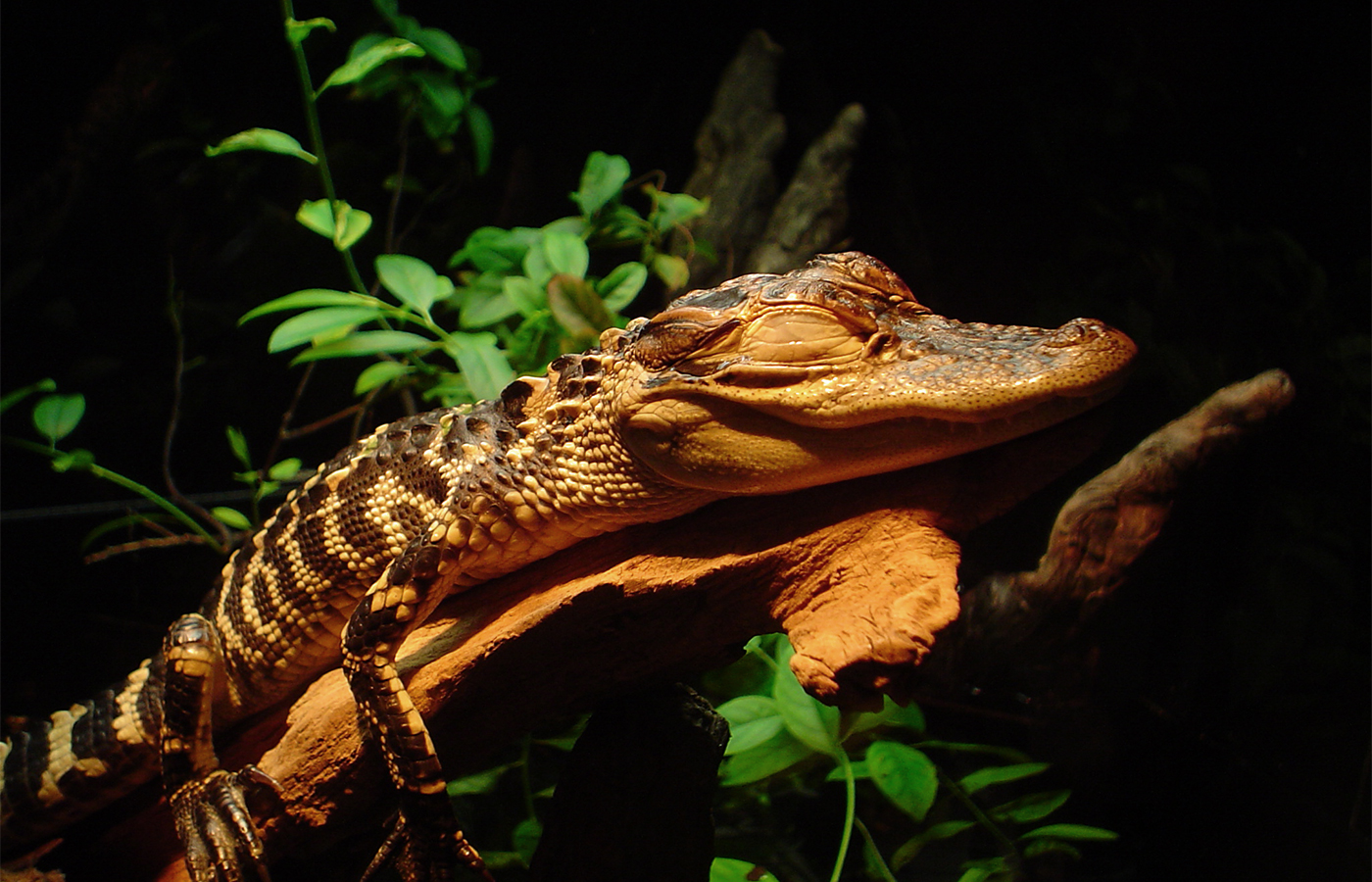Hear the one where the alligator inhaled helium to get squeakier? Scientists tested this to see if reptiles talk like we do. The results are surprising.
Squeaky helium voice
When you and I speak, our vocal chords and the air in our vocal tract vibrate. We alter the resonance of those vibration using our mouth, tongue, and throat, and that is how we put together the sounds that form our language.
When a person inhales helium (which you should never do), the air molecules in the vocal tract become displaced by the lighter helium molecules, which vibrate much faster. Any sounds traveling through your vocal chords will move about three times as fast as they would through the normal air environment, which increases the resonance of your voice.
That’s why we get the squeaky, mousey voice.
Animals and birds talk like humans
Some animals and many birds communicate much in the same way that humans do, by using their mouths or beaks to manipulate the resonances in their throat. (Think of morning bird songs or that parrot that won’t shut up about crackers.)
Animals often use the high or low frequencies of these resonances to communicate their physical size. Some can even manipulate their voices to make it sound like they are a much larger animal than they really are.
However, other creatures seem to lack this ability, like frogs and toads.
Why an alligator inhaled helium
Well, heliox actually. This is a combination of helium and oxygen that will produce similar “squeaky voice effects” but is much safer to breathe for extended periods of time than pure helium. (Inhale enough helium and you can suffocate.)
Well, a team of researchers wanted to find out if the closest living relatives of the dinosaurs – alligators and crocodiles – also communicated through resonances to describe their body size because no one knew for sure.
How the alligator inhaled helium
You can’t just ask an alligator to slurp down a couple of balloons, obviously.
So, using a small Chinese alligator from the St. Augustine Alligator Farm that was known to be vocal when she heard other alligator calls, researchers Stephan Reber and Judith Janisch from the University of Vienna built a special tank that would be pumped with the helium and oxygen mixture for the study.
Reber and Janisch were able to get the reptile to “talk” by playing her recordings of her own voice, then measuring the frequencies of the bellows in the air environment and after the alligator inhaled helium.
The results
After the alligator inhaled helium, its voice actually sounded much deeper than it did in the natural air environment – opposite of the effect we hear in humans.
Listen to the alligator’s voice here (First 2 noises are in normal air, second 2 noises in heliox).
However, months of painstaking analysis confirmed that despite the voice sounding deeper, the alligator’s voice was actually shifting to higher frequencies, just like a human voice would.
So what does it all mean?
Birds, and now alligators, have been proven to use resonance to communicate. The common ancestor of these two groups are dinosaurs, which means that there is another shred of evidence to suggest that dinosaurs may have “spoken” to each other to communicate how big or dangerous they were.


